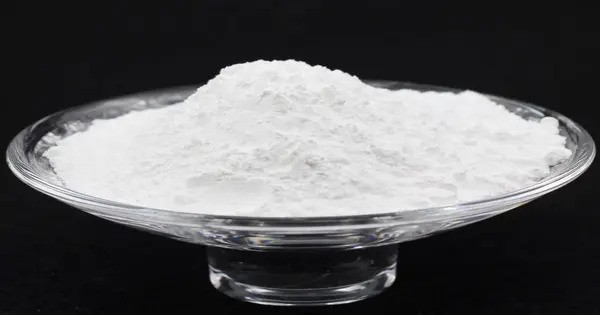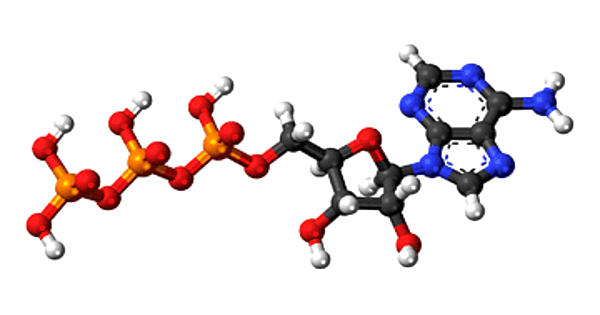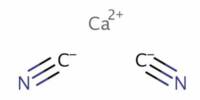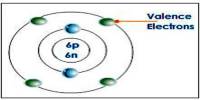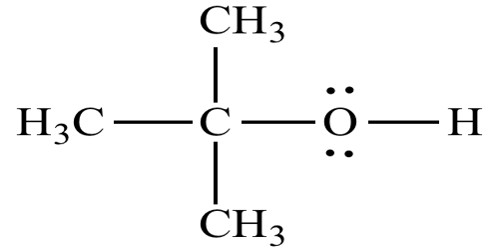Cerium stearate is a metal-organic compound, a salt of cerium and stearic acid with the chemical formula C54H105CeO6. It is a metal-organic compound, specifically a metallic soap formed from cerium and stearic acid. The compound is classified as a metallic soap, i.e. a metal derivative of a fatty acid. It appears as a white to light yellow powder and has specialized uses in various industrial applications.
Synthesis
Cerium stearate is synthesized from the reaction of cerium oxide with stearic acid in an inert atmosphere at temperatures between 100 and 200 °C. It can also be obtained by the reaction of cerium nitrate and potassium stearate.
Properties
The compound forms a white powder which is insoluble in water.
- Chemical formula: C54H105CeO6
- Molar mass: 989.69
- Appearance: white powder
- Melting point: 120 °C (248 °F; 393 K)
- Solubility in water: insoluble
Occurrences
Cerium stearate does not occur naturally. It is a synthetic compound made through a reaction between cerium salts (like cerium nitrate or cerium chloride) and stearic acid or a stearate salt (like sodium stearate).
Uses
The compound is used in a variety of industrial and laboratory applications: as a lubricant, antioxidant, and antifoaming agent. Other uses include as a catalyst in the synthesis of polymers and as a stabilizer in the production of plastics.
- Plastic and Rubber Industry – Acts as a lubricant and processing aid. Serves as a thermal stabilizer for PVC and other polymers
- UV Absorber – Cerium has good UV absorption; used in cosmetics and polymers to block UV rays
- Catalysis – Occasionally used as a catalyst or catalyst precursor in organic synthesis
- Anti-oxidant – Helps in preventing degradation of materials exposed to heat and oxygen
